Does US Airways Have AMR in Checkmate? – 5.18.12
Ted Reed
05/18/12 – 07:31 AM EDT
CHARLOTTE, N.C. (TheStreet) — Let’s just say it up front: A merger between US Airways (LCC) and AMR (AAMRQ.PK)seems likely to happen.
Two revealing events occurred last week. On Wednesday, I flew to an AMR media event in Dallas to hear what the airline had to say as it battles a takeover. The primary message was that in 2014, two years from now, AMR will start to alter seating configurations on its widebody aircraft and add more lie-flat seats.
Two days later, AMR said it would explore the possibility of a merger while still in bankruptcy, reversing its previous position at the behest of its creditors.
Lie-flat seats are great. In fact, United (UAL) said Thursday that it has lie-flat seats on almost 80% of its international fleet. I just don’t think the distant promise of lie-flat seats can slow the momentum of the thundering herd from Tempe.
I began to cover American in its Miami hub in 1990, right after legendary CEO Bob Crandall made one of the best deals in aviation history, buying Eastern’s Latin American routes from Miami for about $320 million. I began to cover US Airways in its Charlotte hub in 1996, soon after legendary CEO Steve Wolf arrived to fix the airline and merge with somebody — anybody. He succeeded on the first count and nearly succeeded on the second.
Theoretically, knowing where the airlines have been, should help me to figure out where they are going.
Reviewing AMR’s history since 1990, it was for a time the greatest airline in the world. Crandall ordered planes, pioneered frequent flyer programs, reservations systems and yield management, and expanded in South America and Europe. He retired in 1998. AMR completed mergers with Reno Air in 1999 and TWA in 2001. Both failed. When bankruptcy threatened in 2003, AMR veered away, seeking the moral high ground favored by president Gerard Arpey. Then AMR disclosed it had executive retention packages and bankruptcy-proof pensions. This enraged employees and forced the resignation of CEO Don Carty. Arpey became CEO.
Meanwhile regulators let Delta and United form trans-Atlantic joint ventures with European partners, immunized against anti-trust violations. They would not let AMR do the same thing. AMR was not approved until 2010, long after Delta and United. Joint ventures can add hundreds of millions of dollars in annual revenue, but it takes years to make them work, because partner airlines start out less as partners and more as turf-protectors.
As a result of its history, by 2011, AMR was smaller than its two principal competitors because it had declined to engage in another merger. It had higher costs because, trying to be moral, it had avoided bankruptcy. It had lower employee morale because its executives had appeared to be greedy. It had lower trans-Atlantic revenues because regulators were misguided. It had no East Coast hub, due to history.
This is the hand CEO Tom Horton inherited when Arpey retired in November. Not Horton’s fault, but this is a tough hand to play, even though some things can be fixed in bankruptcy court.
Now let us briefly examine the history of America West since it sought a merger with bankrupt ATA in 2004. That effort failed, but CEO Doug Parker said it confirmed that bankruptcy court is a good place to shed unwanted costs in a merger. In 2005, Parker’s team roped in bankrupt US Airways. They took two weak carriers, put them together, and created a strong one.
In 2006, Parker pursued a merger with Delta. It failed dramatically and some said that made it appear the America West people were in over their heads. But the team learned it needed support from the acquiree’s work force to make a merger work. This is the biggest advantage they have gained in the AMR case.
Subsequent efforts to merge with United also failed. It was said that US Airways was used by United to enable a deal with Continental. Probably so. But Parker said United’s merger benefited all airlines by enabling reduced industry capacity.
In short, the America West management team has been pursuing mergers for the past eight years. They are not dumb and they have learned from each effort, from the failures as well as the single success.
This time, chasing a wounded prey, I don’t think they can be stopped.


